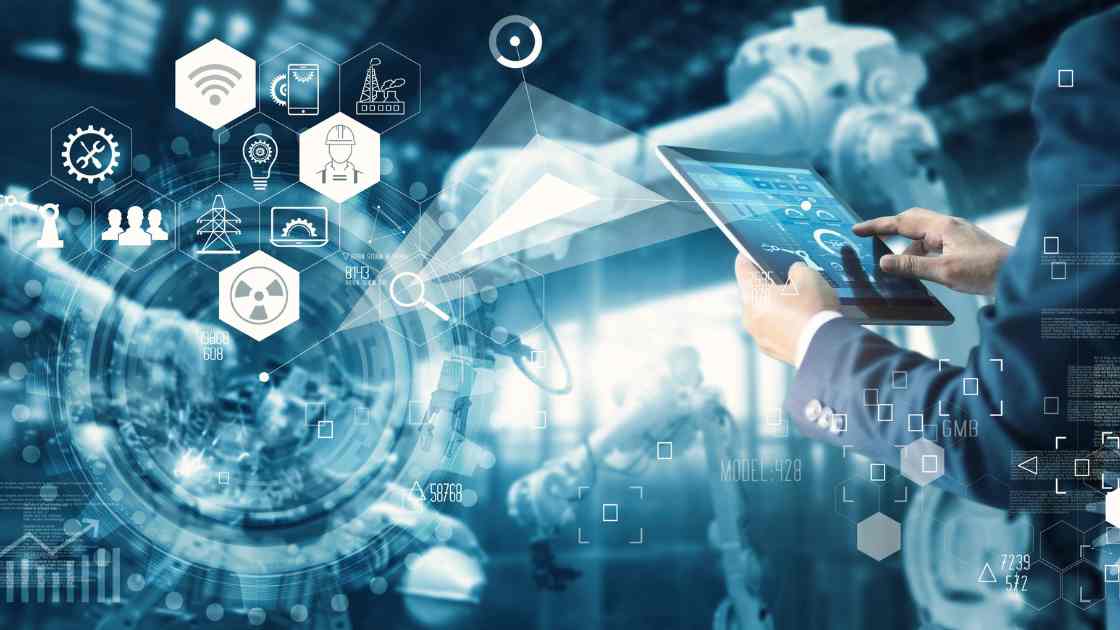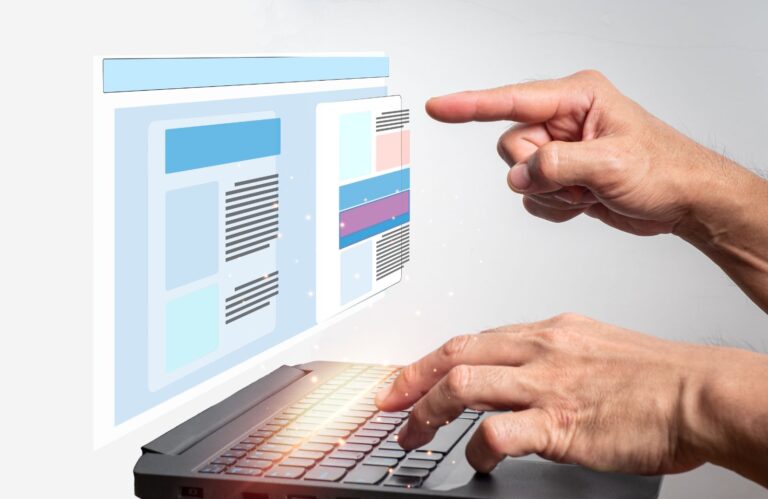Will AI Replace Web Designers?
In the digital age, artificial intelligence (AI) has become a driving force behind various industries, streamlining processes, and revolutionizing traditional practices. Web design, a domain known for its creative and innovative aspects, is no exception to this technological disruption. The question arises: will AI replace web designers, or is there a balance to be struck between human expertise and technological advancements? This article explores the dynamic relationship between AI and web designers, delving into the advantages, challenges, and the potential future of this evolving landscape.
The Role of AI in Web Design
Automation and Efficiency
AI-powered tools and platforms offer automation capabilities that can significantly speed up the web design process. From generating layout options to optimizing code, AI can handle repetitive tasks, saving valuable time for designers.
Personalization and User Experience
AI algorithms can analyze user data, behavior, and preferences to create personalized experiences. By understanding user interactions, AI can tailor websites to suit individual preferences, enhancing overall user experience.
Data Analysis and Insights
AI’s data analysis capabilities enable designers to make data-driven decisions. By extracting valuable insights from user feedback and website performance metrics, designers can refine and improve their designs continuously.
Advantages of AI in Web Design
Faster Development
AI’s efficiency translates into faster website development. With automated processes, web designers can focus on higher-level tasks, resulting in quicker project completion.
Cost-Effectiveness
Automated tasks and streamlined workflows reduce the need for extensive human resources, making web design projects more cost-effective.
Enhanced Creativity
By taking care of mundane tasks, AI liberates designers’ creativity, allowing them to explore innovative concepts and push the boundaries of web design.
The Human Touch in Web Design
Emotional Connection
Human designers excel at creating emotional connections through their work. AI might optimize designs based on data, but it cannot replicate the empathy and emotions embedded in human-made designs.
Intuition and Empathy
Web designers often rely on intuition and empathy to understand the needs and desires of their clients and users, resulting in designs that resonate deeply.
Unique and Tailored Designs
Human designers bring a level of uniqueness and personalization that AI cannot match. Each human designer’s perspective contributes to diverse and tailored designs.
Collaborative Efforts: Humans and AI Together
AI as an Assistant
Rather than replacing designers, AI can act as a valuable assistant, taking care of routine tasks and offering suggestions for designers to consider.
Leveraging AI Tools
Web designers can harness the power of AI tools to augment their capabilities, enabling them to create more sophisticated and data-driven designs.
Co-Creation and Problem-Solving
When designers and AI collaborate, the results can be transformative. Together, they can tackle complex challenges and develop innovative solutions.
Potential Limitations and Challenges
Creativity vs. Uniformity
AI’s data-driven approach might risk creating a sense of uniformity, leading to designs that lack the individuality and creativity present in human-designed websites.
Ethical Considerations
AI in web design raises ethical concerns, such as biases in data analysis and potential misuse of user data, requiring careful consideration and regulation.
Learning and Adaptation
AI needs constant learning and updates to stay relevant and effective, necessitating human expertise for ongoing supervision and improvement.
The Future Outlook
Integrating AI and Human Expertise
The future of web design lies in harnessing the synergy between AI and human expertise. By striking the right balance, designers can unlock unprecedented potential.
Continuous Learning and Improvement
As AI evolves, web designers must stay updated with the latest advancements and continuously adapt their skillsets to leverage AI effectively.
Embracing Change in the Industry
Web designers must embrace AI as a transformative force rather than viewing it as a threat. Adapting to change will ensure a thriving future for the profession.
Conclusion
AI is undeniably reshaping the web design landscape, offering automation, efficiency, and data-driven insights. However, it cannot replicate the emotional connection, intuition, and uniqueness that human designers bring to their work. Instead of fearing replacement, web designers should embrace AI as a valuable tool and collaborator, allowing them to focus on creativity and innovation. By embracing change, continuously learning, and leveraging AI’s capabilities, web designers can shape a bright and dynamic future for their profession.







